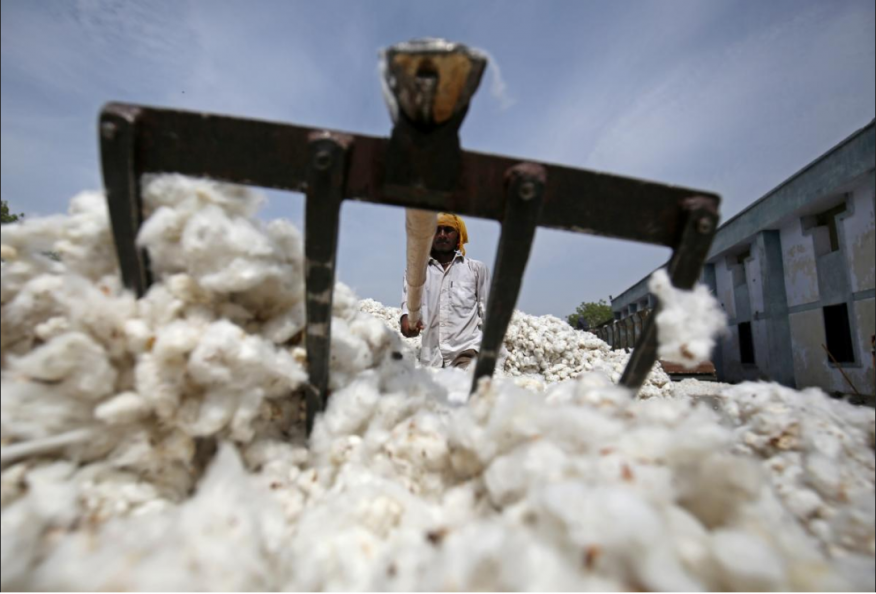Thousands of cotton spinning mills have shut shop the past three months due to a sharp decline in realisations from both domestic and international markets, following weak global demand.
An Icra study said that the average realization from cotton yarn stood at Rs 212 a kg (for 30s carded) in July, a decline of around six per cent from Rs 225 a kg averaged in the quarter between April and June 2019. During the last one year, however, the average realization was recorded at Rs 220 a kg from cotton yarn of 30s carded variety. Similarly, realization from other varieties of cotton yarn also declined.
The decline in average realisation has put a question mark on the very survival of cotton spinning mills, with increasing fixed costs such as labour, interest on working capital, land, plant and machinery adding to their woes. Recovery in overall sentiment is not in sight resulting into closure of many small and medium size mills and rendering thousands of workers jobless.
“In view of the sharp decline in exports, the spinning sector is in a very critical situation as many production units are shutting down. The sector needs urgent policy support, including three per cent of interest equalization to cotton yarn. This will help the cotton yarn sector and the spinning industry at large to minimise losses and regain competitiveness,” said K V Srinivasan, Chairman, The Cotton Textile Export Promotion Council (Texprocil).
With expectations of a better crop in the ongoing sowing kharif season, cotton fibre prices are likely to correct to a level lower than the average prices observed during the harvest season ended March 2019.
Exports of cotton textiles continued their downward spiral declining by 24.5 per cent during April-July. During the first three weeks of August, overall cotton textiles exports are seen declining by a staggering 25 per cent.
“A sharp and precipitous decline, especially in cotton yarn during the last four months, by about 35 per cent, has led to a crisis situation in the spinning industry. In fact, the monthly exports of cotton yarn are at a five-year low of 59-60 million kg. Exports to major markets like China have declined by 50 per cent and Bangladesh by 38 per cent and Korea by 45 per cent,” said Srinivasan.
The spinning and weaving sector attracts 6-7 per cent of various state and central levies which works out to more than the average profit margins of 3-4 per cent in this industry. Hence, the refund on these levies would provide a breather for the industry, said an industry expert.
Meanwhile, the rating agency Icra forecasts performance of the domestic cotton spinners to weaken in FY2020, following a brief recovery in FY2019, as they are grappling with the twin challenges of weak export demand and uncompetitive cotton prices.
The de-growth in volumes due to lower export demand and a sharper decline in realisations vis-a-vis cotton prices because of higher minimum support price (MSP)-led floor price for cotton are expected to result in a decline in turnover and an estimated 1-1.5 per cent compression in operating profitability of domestic cotton spinners during the year FY2020.
“A large proportion of spinners have not undertaken capacity expansions in the recent years, given the discouraging demand trends during this period, coupled with the discontinuance of subsidy benefits under the government’s Technology Upgradation Fund Scheme (TUFS) for the spinning segment. This has resulted in a consistent decline in term borrowings for such companies in recent years with scheduled debt repayments, due to which the impact on their debt coverage metrics and liquidity could be lower, despite industry pressures,” said Jayanta Roy, Senior Vice-President and Group Head, Corporate Sector Ratings, Icra.


